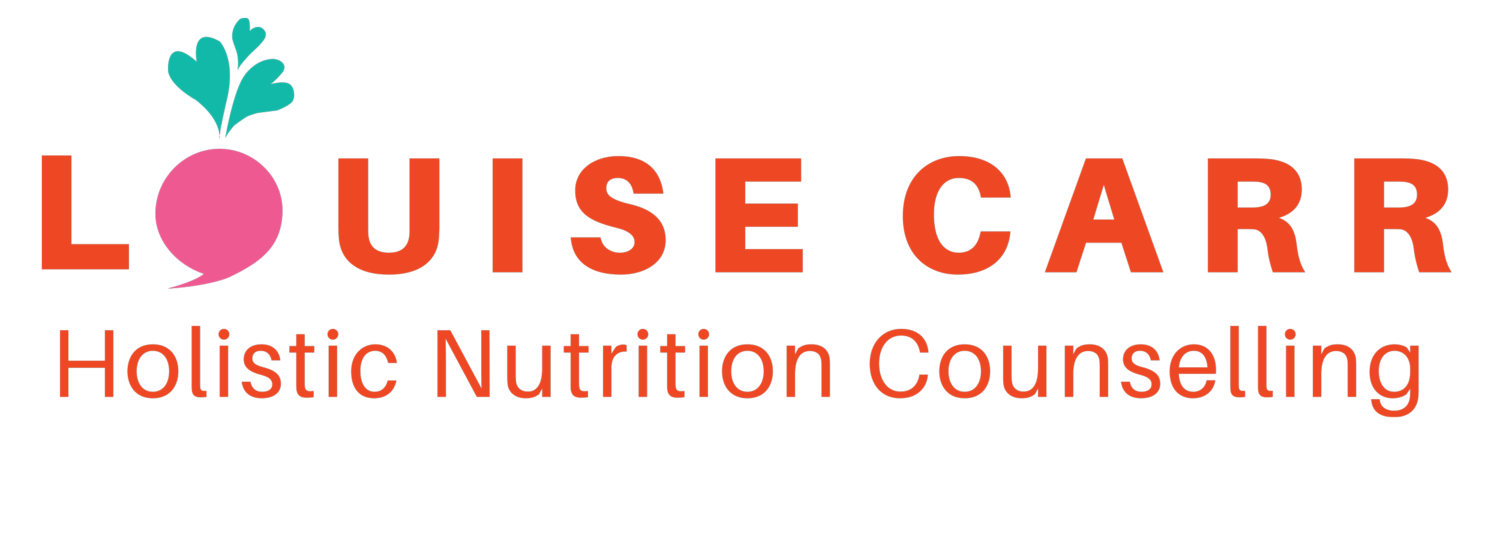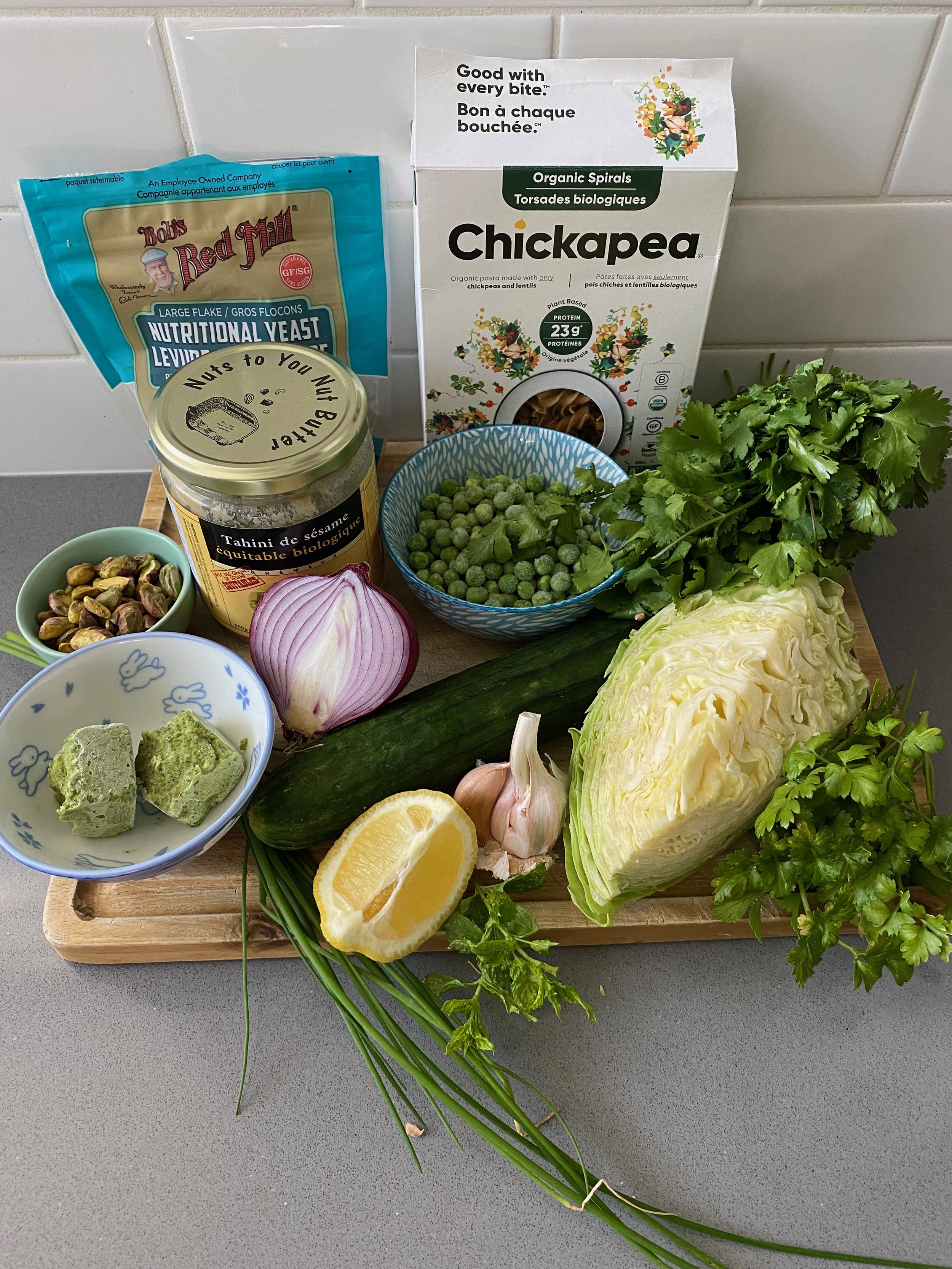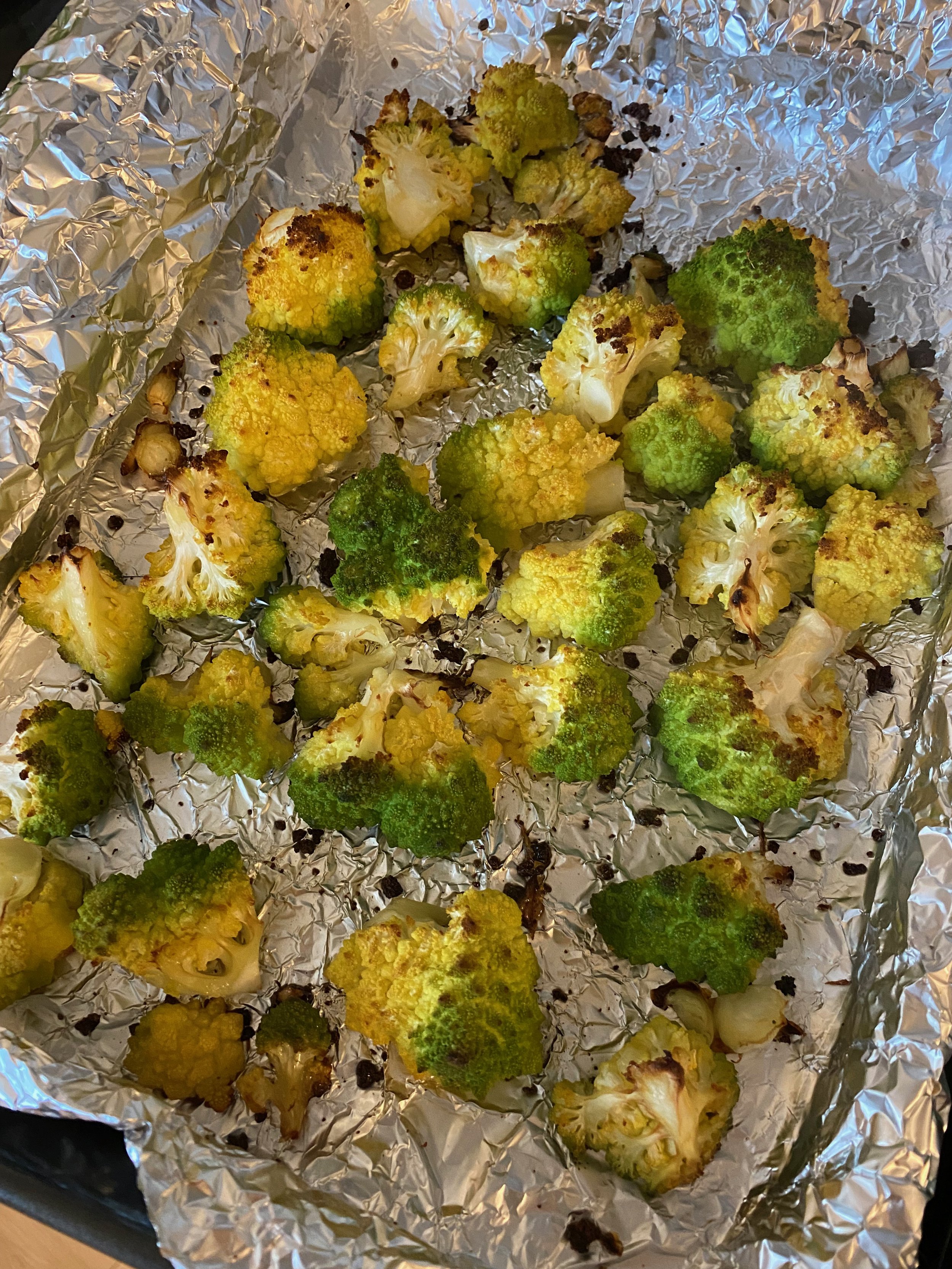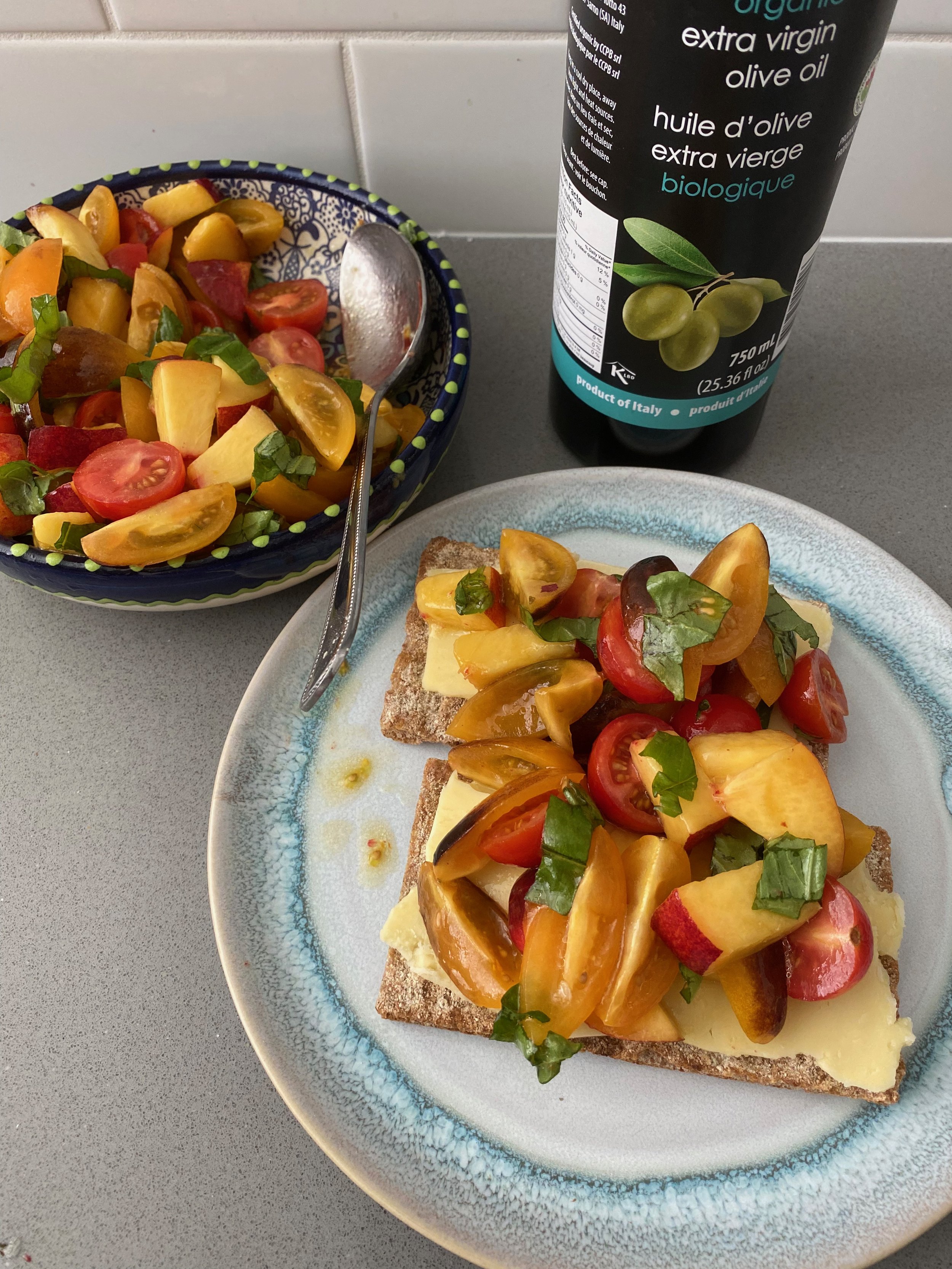You will hear me repeat familiar mantras, over and over again when talking about midlife womens health and hormonal change, and one of those mantras is: ‘fibre is a midlife womans best friend’.
Studies tell us, only 5% of U.S. citizens consume enough fibre in their diet, in Canada only half of the population gets the fibre it needs and in the UK all age groups, across the board, consume less than the government recommendation of 30g per day.
This issue of being deficient in fibre comes to a head when we are in peri-menopause as fibre helps us to manage the spikes and crashes of hormone in our bodies. Fibre can reduce the severity of the symptoms we feel day to day, by hooking onto the cholesterol tail of excess estrogen and carrying it out of the body in our daily detox (read poop!)
Detox is not just for 1 week, twice a year. It is happening 24/7/365 and fibre DRIVES the detox pathway where we POOP out toxins and excess hormone that body does not need. It’s important for our liver health and helps to prevent colon cancer.
We also need to be aware, as we enter peri-menopause, that estrogen has a role in creating insulin sensitivity in our bodies.
This means, as estrogen depletes, we experience a metabolic change in our bodies and we are gently pushed towards insulin resistance and diabetes.
We have the power on our plates and in the way we move our bodies to adjust our diet and lifestyle and compensate for this metabolic shift.
Fibre is one of the tools we can use in our diet to both help slow down the passage of glucose to our bloodstream and prevent cravings for sugar as we feel fuller for longer.
We can also add protein to our meals to help us to manage our blood sugar levels when we lose the support of estrogen.
So, this is not your flimsy iceberg lettuce salad, that leaves you feeling empty and wanting more, but a satisfying, hefty salad to support our midlife health with a double whammy of fibre and plant based protein.
I made this salad with chickpea pasta which comes in at a whopping 23g of fibre per 100g serving and added frozen peas and pistachios for their fibre and protein contribution.
Substitute a can of chickpeas if you cannot find the pasta. Choose any type of nut that you enjoy or have on hand and frozen edamame beans are a great substitute for frozen peas.
This is a pick your own adventure of a salad. What’s important is the completion of the recipe, not perfectionism. Trust yourself, you know what you love!
There is another beautiful aspect of adding fibre to your diet, if you are in peri-menopause or menopause. Many fibres contain lignins, plant fibres, which mimic estrogen in the body and can reduce menopausal symptoms using gentle phyto, or plant based estrogens.
As we move through hormonal change we will experience dips in estrogen and our ultimate destination is a place where our adrenal glands drip feed us with a much lower level of estrogen than we are used to. Every time we add phytoestrogen to our plate we are supporting our adrenal glands and our libido, brain and bone health.
This recipe contains phytoestrogens in the chickpea pasta, the sesame seeds in the tahini and the edamame or peas.
Vegetables and herbs are packed with fibre and this salad is rich in both.
I added white cabbage, cucumber and zucchini to pistachios and frozen peas.
Again, pick your own adventure with the vegetables but, if you are experiencing hot flashes, you will want to add some sort of cabbage, Brussels sprouts or broccoli, as the cruciferous vegetables directly support the liver with the compound indole-3-carbinol to remove excess estrogen from the body.
This is going to directly reduce your uncomfortable symptoms of hot flashes and is also protects your body from breast cancer. Yay for the common cabbage, the protector of midlife womens health!
I added cilantro, parsley, chives, mint and homemade pesto as the herbs for the Green Goddess dressing. Use what you have in your store, refrigerator or garden and if you have a jar of pesto, you can use that also to amp up the flavour.
Know that fresh herbs are rich in vitamin C, our relaxation mineral, magnesium and antioxidants.
Herbs are very rich in nutrition and can be easily grown in the home or on a balcony, liberating you from the supply chain. We should all be eating more herbs in our diet as we did in the past.
This recipe took about 20 minutes to make, including cooking of the pasta and will sit in the refrigerator for several days, holding up better than any limp lettuce confection..
Enjoy this mouthful of summer flavour!
Ingredients
For the Salad
100g or 1/2 packet chickpea pasta cooked to the directions of the box or 14oz can of chickpeas drained.
1/4 small pointy green cabbage
1/4 cup pistachios
1/2 cup frozen peas
3 small zucchini diced
1/2 English cucumber diced
For the Dressing
Juice 1/2 lemon
1 tbsp tahini
2 tbsp extra virgin olive oil
1/2 red onion
2 cloves garlic
1 cup pressed full of herbs (cilantro, Basil, parsley, chives, mint and jar or homemade pesto if needs be)
1 tbsp nutritional yeast
Salt and pepper to taste
Up to 1/2 cup filtered water to get the cinsitency you wnt in the dressing.
Instructions
Cook the pasta as per the directions on the packet or open a can of chickpeas and drain.
While the pasta cooks, finely slice the cabbage, dice the zucchini and cucumber and place in a large bowl.
Add the nuts and frozen peas or edamame to the bowl
Add the cooked and drained pasta or drained chickpeas and combine all the salad ingredients together in the bowl.
Blend all the dressing ingredients together except the water.
Add as much filtered water as you need to get the consistency you desire.
Taste and add more salt, pepper, lemon juice, pesto or nutritional yeast if you desire.
Add the dressing to the diced ingredients and combine.









